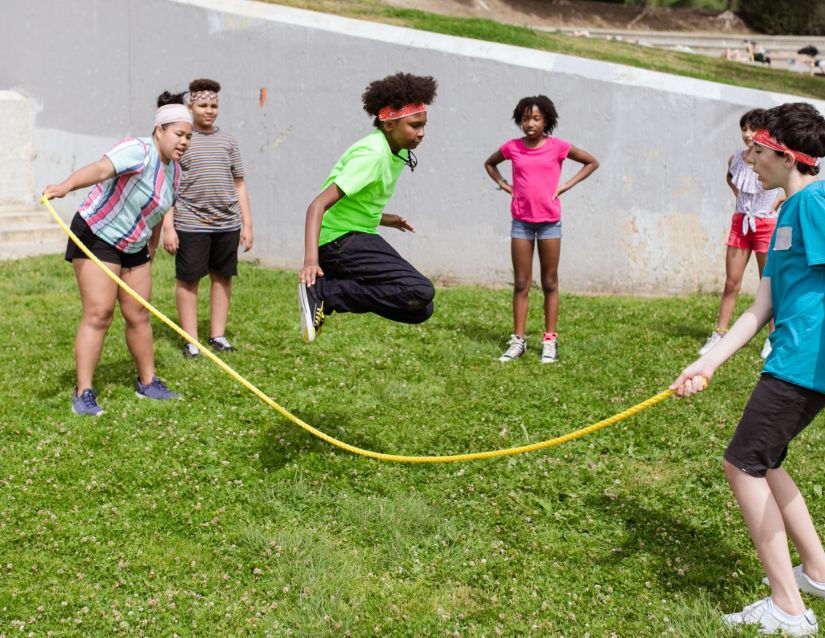Our mission is to empower individuals with essential financial literacy skills to build a strong financial foundation, breaking down the barriers to economic mobility.
Goals of the Youth Outreach Initiative
We will achieve this by providing financial literacy and career readiness workshops to instill confidence and preparedness in underserved youth.

Financial Literacy Education
Equip youth with essential life skills, enabling them to make well-informed financial decisions and effectively manage their money throughout their lives.

Career Education Seminars
Uncover personal strengths and interests in order to prepare for a successful and fulfilling professional journey through career exploration and planning.

Carver Center Educational Assistance Fund
Empower first generation and low income students to overcome financial obstacles through scholarship and grant searches.

Youth Sports & Recreation
Create sports and recreational activities to promote a positive use of leisure time and appreciation for the environment. Emphasize values that promote positive youth development.
Today’s Readers Are Tomorrow’s Leaders
Join Our Readers Club
Research shows that reading just 20 minutes a day can dramatically enhance a child’s language, vocabulary, and comprehension skills, while exposing them to an impressive 1.8 million words each school year. This exposure also makes children far more likely to score in the 90th percentile on standardized tests!
How Does The Reading Club Work?
- Download a reading log sheet
- Read 20 minutes per day for 20 days
- Log your reading activity
- Return your log sheet using the form below to earn rewards!
Why Printed Books Should Be the Heart of Your Child’s Reading Journey
Neuroscience research reveals that paper-based reading creates stronger connections to memory in the brain, making it an essential tool for long-term learning. While electronic devices are becoming a staple in daily life, printed books remain unmatched in fostering focus and deep comprehension.
When reading shifts to an interactive e-book, the brain processes the activity differently, prioritizing engagement over building critical literacy skills. This shift can hinder a child’s ability to develop strong reading habits.
Printed books offer a tactile and immersive experience that strengthens literacy foundations, while electronics are best used as an enhancement, not a replacement. Keep traditional books at the center of your family reading time to unlock their full potential and nurture a lifelong love of reading.
